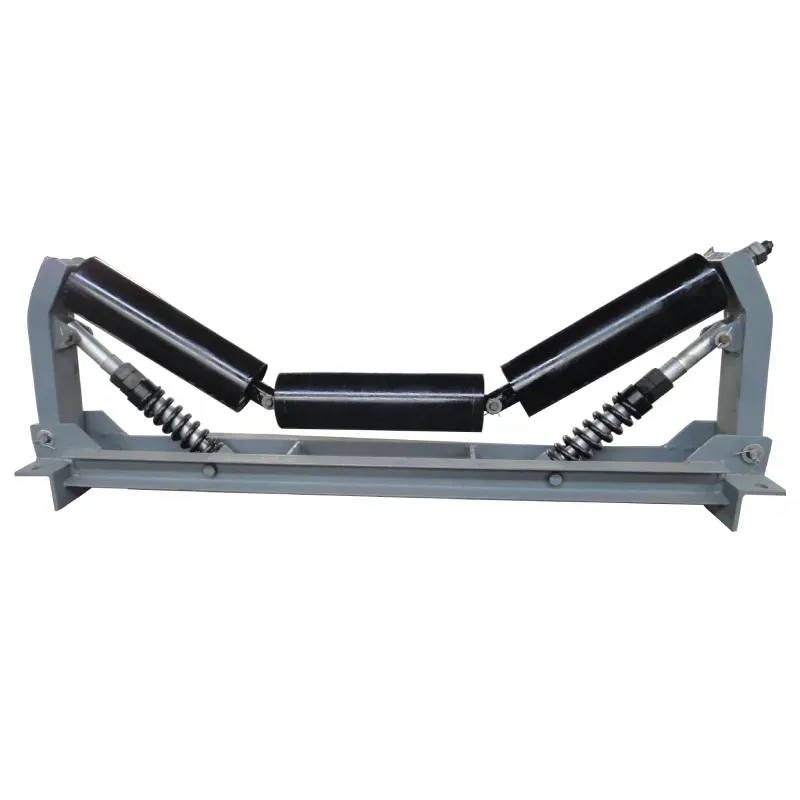 Afrikaans
Afrikaans  Albanian
Albanian  Amharic
Amharic  Arabic
Arabic  Armenian
Armenian  Azerbaijani
Azerbaijani  Basque
Basque  Belarusian
Belarusian  Bengali
Bengali  Bosnian
Bosnian  Bulgarian
Bulgarian  Catalan
Catalan  Cebuano
Cebuano  Corsican
Corsican  Croatian
Croatian  Czech
Czech  Danish
Danish  Dutch
Dutch  English
English  Esperanto
Esperanto  Estonian
Estonian  Finnish
Finnish  French
French  Frisian
Frisian  Galician
Galician  Georgian
Georgian  German
German  Greek
Greek  Gujarati
Gujarati  Haitian Creole
Haitian Creole  hausa
hausa  hawaiian
hawaiian  Hebrew
Hebrew  Hindi
Hindi  Miao
Miao  Hungarian
Hungarian  Icelandic
Icelandic  igbo
igbo  Indonesian
Indonesian  irish
irish  Italian
Italian  Japanese
Japanese  Javanese
Javanese  Kannada
Kannada  kazakh
kazakh  Khmer
Khmer  Rwandese
Rwandese  Korean
Korean  Kurdish
Kurdish  Kyrgyz
Kyrgyz  Lao
Lao  Latin
Latin  Latvian
Latvian  Lithuanian
Lithuanian  Luxembourgish
Luxembourgish  Macedonian
Macedonian  Malgashi
Malgashi  Malay
Malay  Malayalam
Malayalam  Maltese
Maltese  Maori
Maori  Marathi
Marathi  Mongolian
Mongolian  Myanmar
Myanmar  Nepali
Nepali  Norwegian
Norwegian  Norwegian
Norwegian  Occitan
Occitan  Pashto
Pashto  Persian
Persian  Polish
Polish  Portuguese
Portuguese  Punjabi
Punjabi  Romanian
Romanian  Russian
Russian  Samoan
Samoan  Scottish Gaelic
Scottish Gaelic  Serbian
Serbian  Sesotho
Sesotho  Shona
Shona  Sindhi
Sindhi  Sinhala
Sinhala  Slovak
Slovak  Slovenian
Slovenian  Somali
Somali  Spanish
Spanish  Sundanese
Sundanese  Swahili
Swahili  Swedish
Swedish  Tagalog
Tagalog  Tajik
Tajik  Tamil
Tamil  Tatar
Tatar  Telugu
Telugu  Thai
Thai  Turkish
Turkish  Turkmen
Turkmen  Ukrainian
Ukrainian  Urdu
Urdu  Uighur
Uighur  Uzbek
Uzbek  Vietnamese
Vietnamese  Welsh
Welsh  Bantu
Bantu  Yiddish
Yiddish  Yoruba
Yoruba  Zulu
Zulu Pressed Steel Housing for Bearings in Industrial Applications and Machinery
The Importance of Pressed Steel Bearing Housings in Modern Engineering
Pressed steel bearing housings play a crucial role in a variety of mechanical systems, serving as protective enclosures for bearings that facilitate the smooth rotation of moving parts in machinery. These housings are a prime example of how material science and engineering practices combine to create efficient, durable, and cost-effective components essential for various applications, ranging from automotive to industrial machinery.
What is Pressed Steel?
Pressed steel refers to mild steel that has been formed into components through a method of pressing or stamping. This process involves using a die to shape the material under high pressure, which allows for the creation of complex geometries with remarkable precision. The resulting pressed components, including bearing housings, are not only lightweight but also exhibit significant strength and stiffness, making them ideal for applications that require durability and resilience.
Benefits of Pressed Steel Bearing Housings
1. Cost-Effectiveness One of the most significant advantages of pressed steel bearing housings is their economical production. The manufacturing process allows for mass production, which can significantly lower costs per unit. This affordability makes them an attractive choice for manufacturers looking to minimize expenses while maintaining quality.
2. Durability and Strength Pressed steel is known for its high tensile strength, allowing bearing housings to withstand substantial loads and stress. This durability is essential in environments where machinery is subjected to vibrations, shocks, and other harsh conditions. The longevity of pressed steel housing contributes to reduced maintenance and replacement costs over time.
3. Corrosion Resistance Many pressed steel bearing housings are treated with protective coatings, such as zinc plating or powder coating, to enhance their resistance to rust and corrosion. This is particularly important in applications exposed to moisture and chemicals, ensuring that the housings maintain their integrity and performance under challenging conditions.
pressed steel bearing housing

4. Precision Engineering The stamping process used to create pressed steel bearing housings allows for a high degree of accuracy in dimensioning and tolerances. This precision is critical for proper fit and alignment of bearings, which directly affects the efficiency of rotating components. Well-fitted bearings enhance performance and extend the life of the machinery.
5. Versatility Pressed steel bearing housings are available in various shapes and sizes, making them suitable for a wide range of applications. Whether in automotive wheel hubs, conveyor systems, or industrial motors, these housings can be tailored to meet specific requirements, contributing to their widespread usage.
Applications in Various Industries
In the automotive sector, pressed steel bearing housings are frequently utilized to support wheel bearings, ensuring safe and smooth operation of vehicles. In industrial settings, they are found in machinery such as gearboxes, rollers, and conveyor belts, where effective bearing support is essential for operational efficiency.
Moreover, in agricultural machinery, pressed steel housings help withstand the rigorous demands of farming equipment, providing reliability and performance that farmers can depend on.
Conclusion
Pressed steel bearing housings exemplify the intersection of engineering innovation and practical application. They are indispensable components that enhance the reliability, efficiency, and durability of machinery across numerous industries. As technology and engineering practices continue to advance, pressed steel bearing housings are likely to evolve, incorporating new materials and designs that further improve their functionality and sustainability. Understanding their importance not only highlights the significance of material choice in engineering but also underscores the critical role these components play in the seamless functioning of modern machinery.
-
Revolutionizing Conveyor Reliability with Advanced Rubber Lagging PulleysNewsJul.22,2025
-
Powering Precision and Durability with Expert Manufacturers of Conveyor ComponentsNewsJul.22,2025
-
Optimizing Conveyor Systems with Advanced Conveyor AccessoriesNewsJul.22,2025
-
Maximize Conveyor Efficiency with Quality Conveyor Idler PulleysNewsJul.22,2025
-
Future-Proof Your Conveyor System with High-Performance Polyurethane RollerNewsJul.22,2025
-
Driving Efficiency Forward with Quality Idlers and RollersNewsJul.22,2025





























